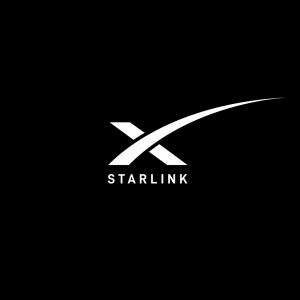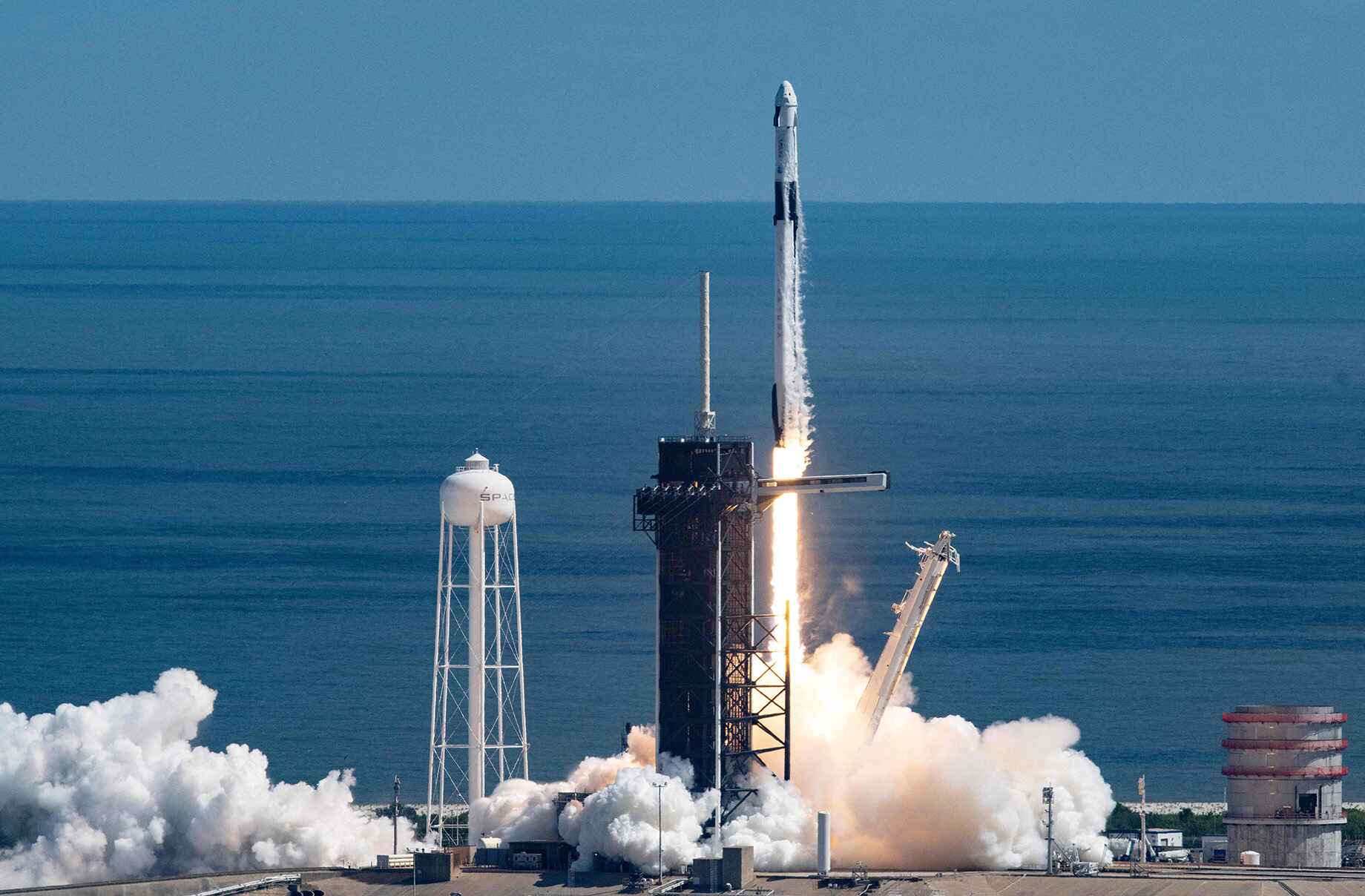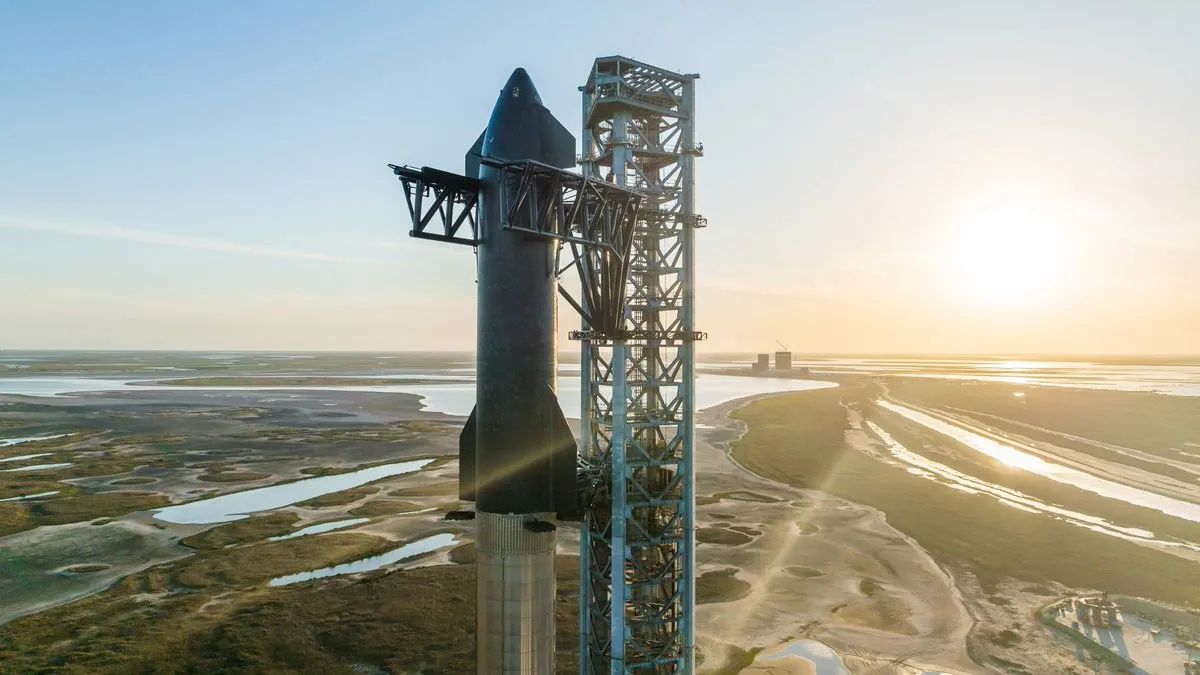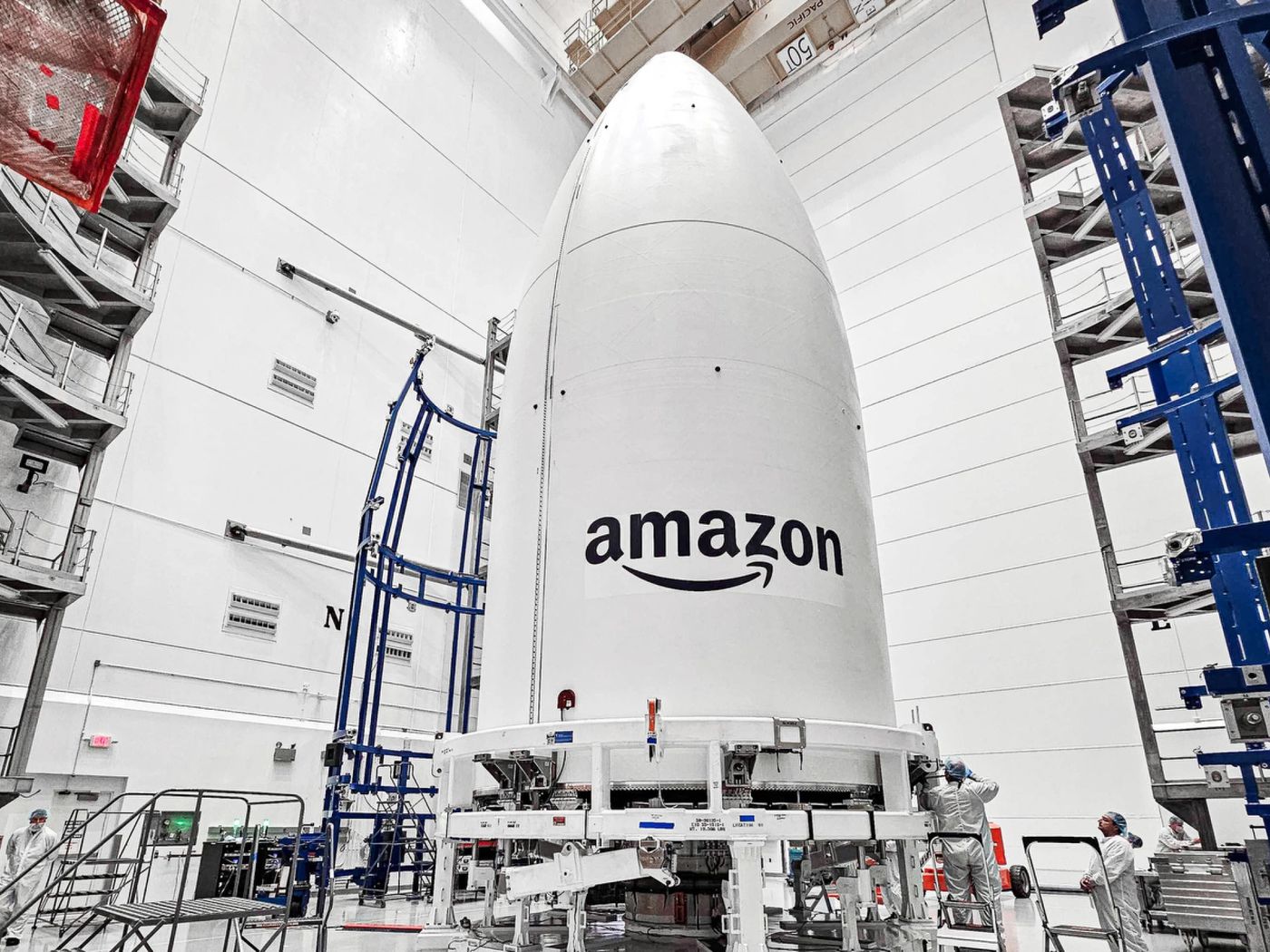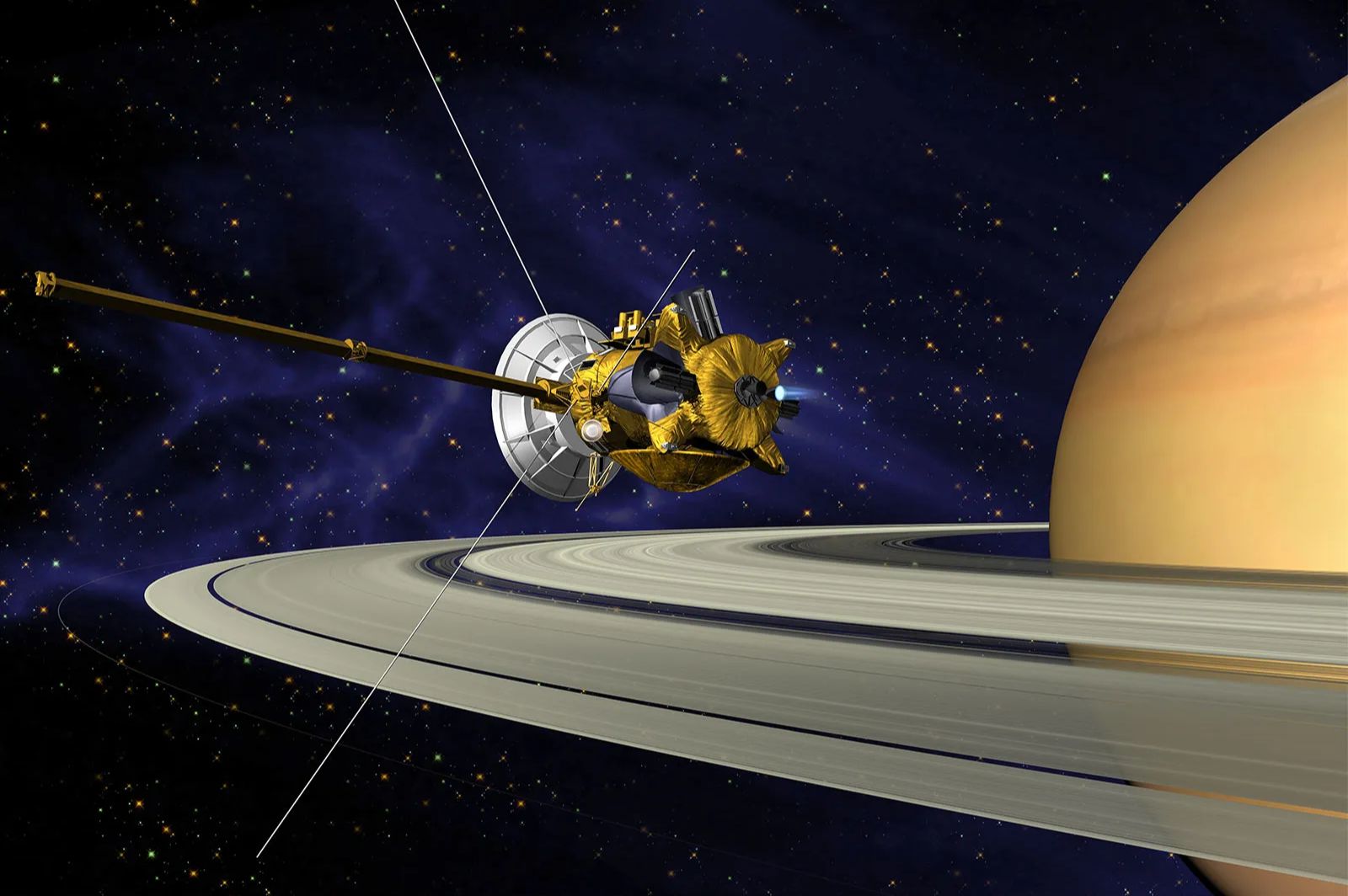SpaceX has announced its decision to retire around 100 Starlink satellites prematurely after the identification of a flaw that could potentially lead to future concerns. Despite this development, users of the Starlink service need not worry about any disruptions to their connectivity.
Key Takeaway
SpaceX has announced the early retirement of 100 Starlink satellites due to an identified flaw, initiating a controlled de-orbit process to mitigate potential risks and ensure uninterrupted service for users.
Identified Issue
The Starlink team has uncovered a common issue within a subset of the first-generation communication satellites, which increases the likelihood of failure. Although specific details regarding this flaw have not been disclosed, it is speculated that the potential “failure” could result in a loss of control.
Controlled Descent
Seventeen Starlink satellites are currently non-maneuverable, and it remains unclear whether this is attributed to the same issue as the 100 satellites being de-orbited. To mitigate the risk of contributing to space debris, SpaceX has opted to initiate controlled descents for these satellites, removing them from orbit.
De-Orbit Process
The de-orbit process is expected to span approximately six months, during which the satellites will be responsibly maneuvered to avoid potential collisions with other satellites. While the descent will occur gradually over the coming weeks and months, it is important to note that the satellites will descend individually rather than simultaneously.
Impact on Starlink Users
Despite the retirement of these satellites, Starlink users can remain assured of uninterrupted service, as there are still thousands of operational satellites in orbit. With nearly 6,000 satellites launched to date and 406 already de-orbited, the existing fleet is more than capable of meeting the needs of its users.









